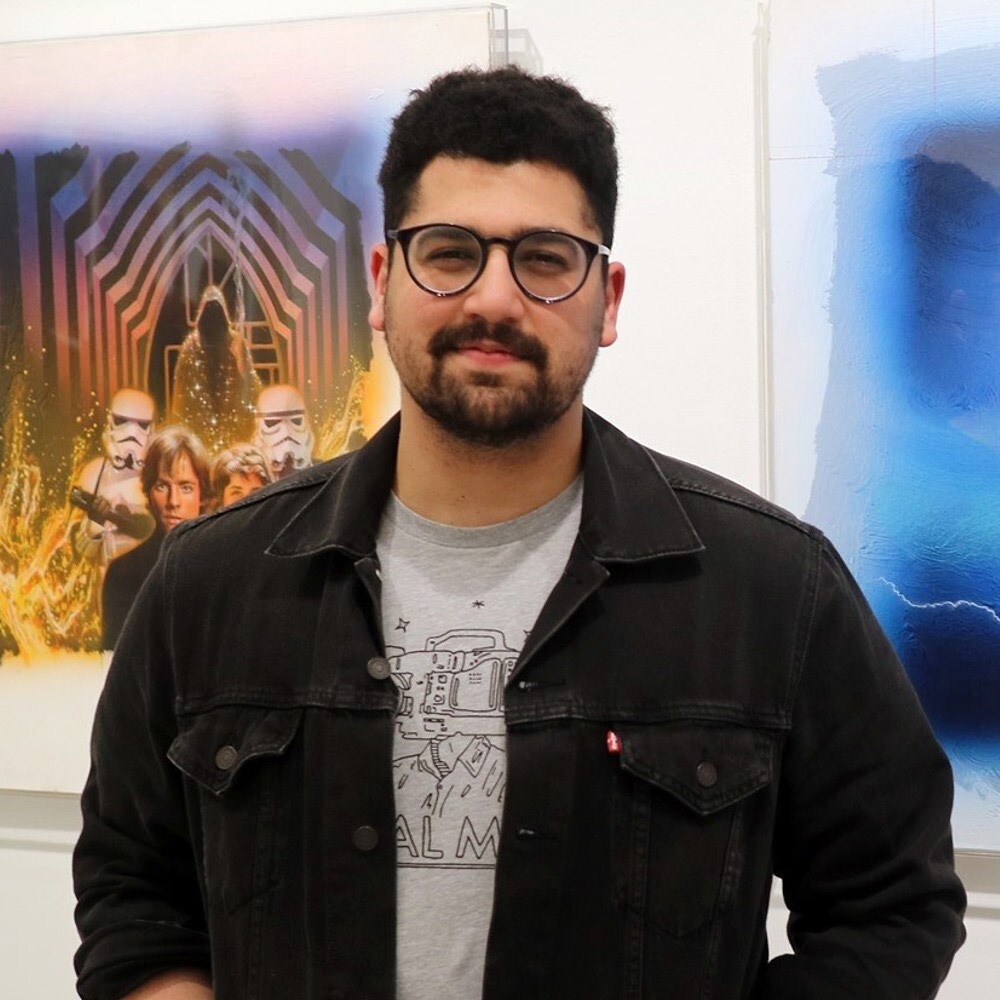New show, old tricks. For decades now, both John Knoll and John Goodson have been quietly pioneering visual effects for some of your favorite movies.
Knoll is a familiar name for many fans, whether for his contributions to Star Wars as one of the visual effects “supes” for the prequel trilogy, as well as a writer for Rogue One: A Star Wars Story or other cutting-edge technology (Knoll co-created Adobe Photoshop alongside his brother). Meanwhile, Goodson has handcrafted the models for many of the iconic ships of the saga, including the podracers and Republic Cruiser in Star Wars: The Phantom Menace, eventually making the jump to the digital realm.

More than most, they are both highly aware that the visual effects landscape is constantly and radically evolving, a practice being led by Industrial Light & Magic (ILM) across numerous blockbuster projects. And a series like Star Wars: Skeleton Crew gives Knoll and Goodson the opportunity to take what they’ve learned in their cumulative careers, as well as the storied history of the effects company, and mix it all together.
The pair recently sat down with StarWars.com to reveal some of the sleight-of-hand tricks hidden up that ILM magician’s tuxedoed sleeve.
Sign Me Up
What made Knoll, a veteran of a dozen Star Wars projects, want to join the Skeleton Crew’s, well, crew? “It was described to me as The Goonies in space,” Knoll explains. “The filmmakers wanted to evoke the sense of magic from Steven Spielberg’s 1980s movies, placed into the galaxy of Star Wars.” And, as someone who contributed Academy-Award-winning work on the first three Pirates of the Caribbean films, the idea of “space pirates” was just too good to pass up.
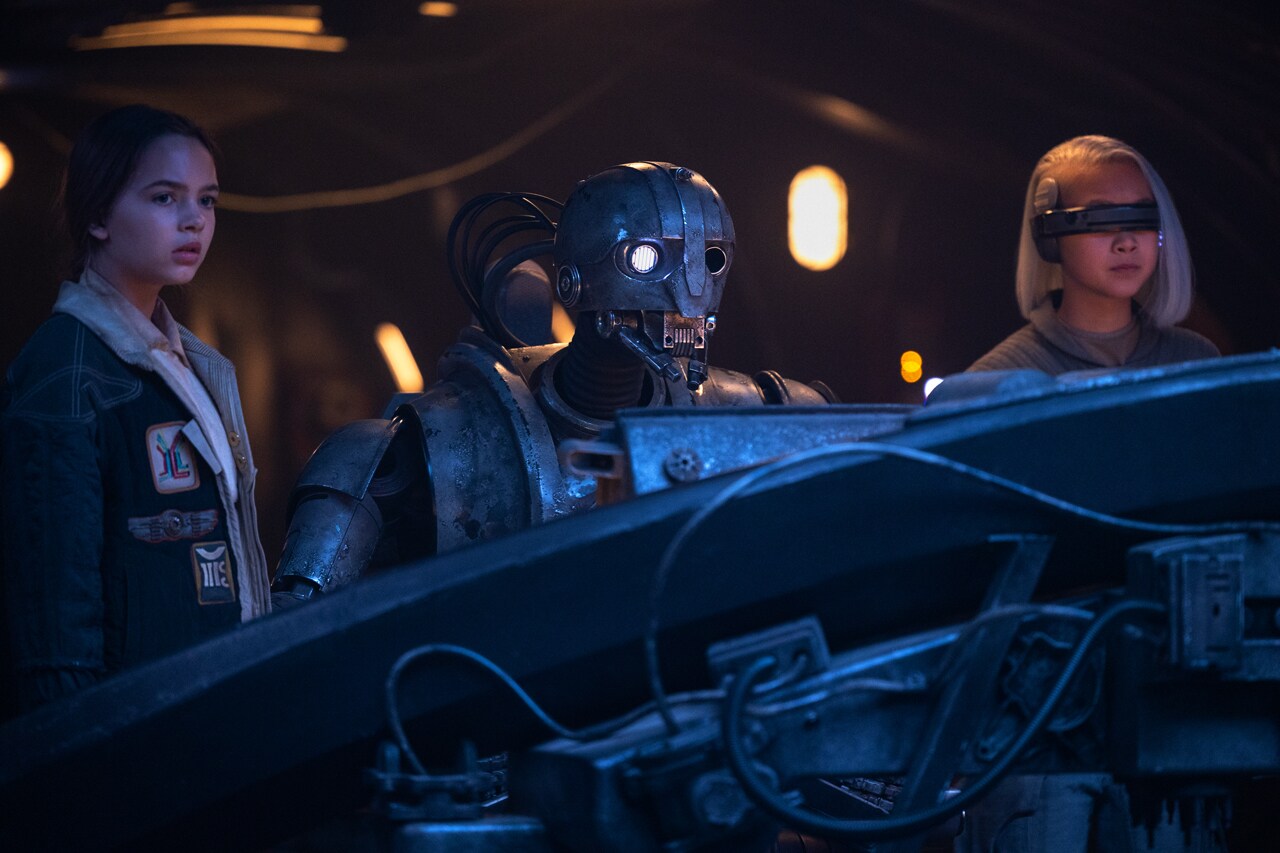
With that Amblin inspiration in mind, there was a significant opportunity for Knoll and the ILM team to step back into the cinematic feeling the company had helped define decades prior. “There's certainly a nostalgia for wanting to craft things that have that tactile feel, in the use of makeup, miniatures, motion control, and matte painting,” says Knoll. “This show is a wonderful amalgam of the newest of new technology with the oldest of old.”
Knoll, who started his career as a model maker and effects cameraman, is perhaps the perfect person to bridge these two worlds. “The old school techniques are still something I have a great fondness for…It’s just a lot of fun to dig into some things that I haven’t really dabbled with for some time.”
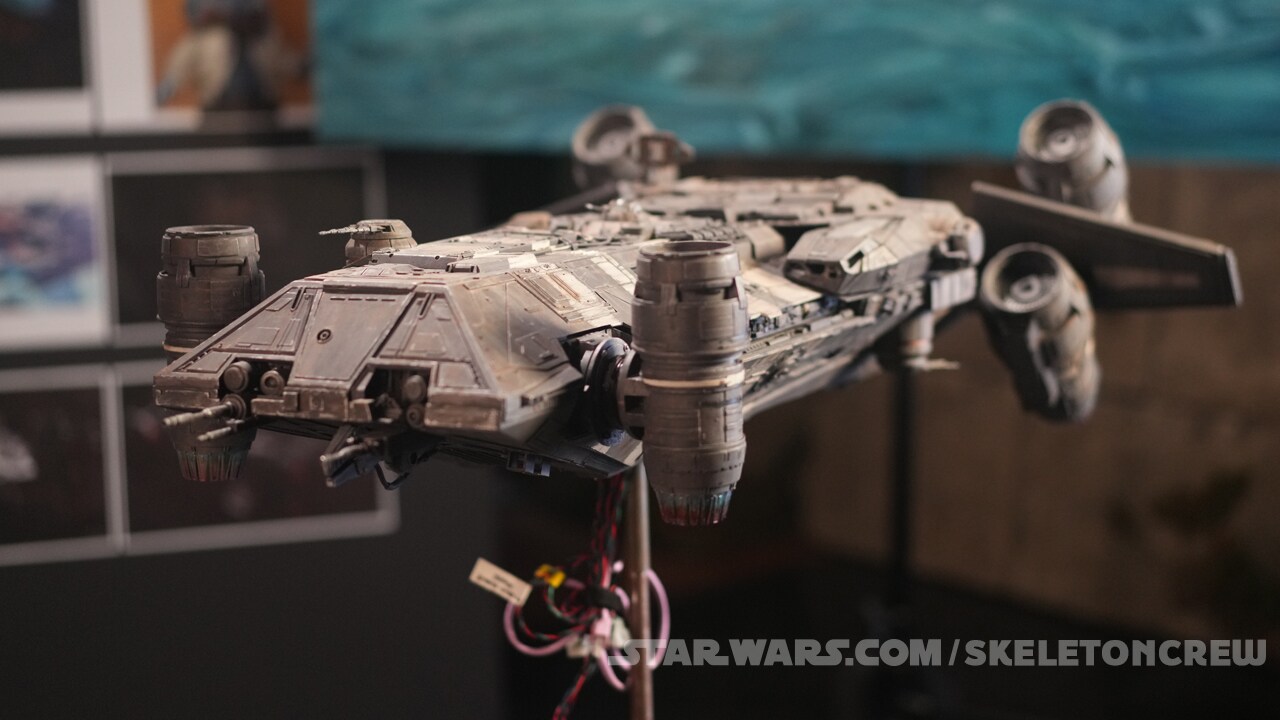
Model Behavior
Over the past few years, Goodson has built numerous physical models for recent Star Wars tales, including the Razor Crest and Moff Gideon’s Light Cruiser in Star Wars: The Mandalorian and the rotating T-6 Jedi Shuttle in Star Wars: Ahsoka. He returned to Skeleton Crew to put the same care into crafting the Onyx Cinder, the hero ship for the series. As Knoll puts it, “Miniatures have a quality that’s hard to describe. There's something immediately tangible about them. When you're looking at them, there's no question you're looking at a real, physical object.” Goodson agrees, adding, “It helps drive the overall look, and then further refines it. You get a better look overall between the computer graphics and the practical.”
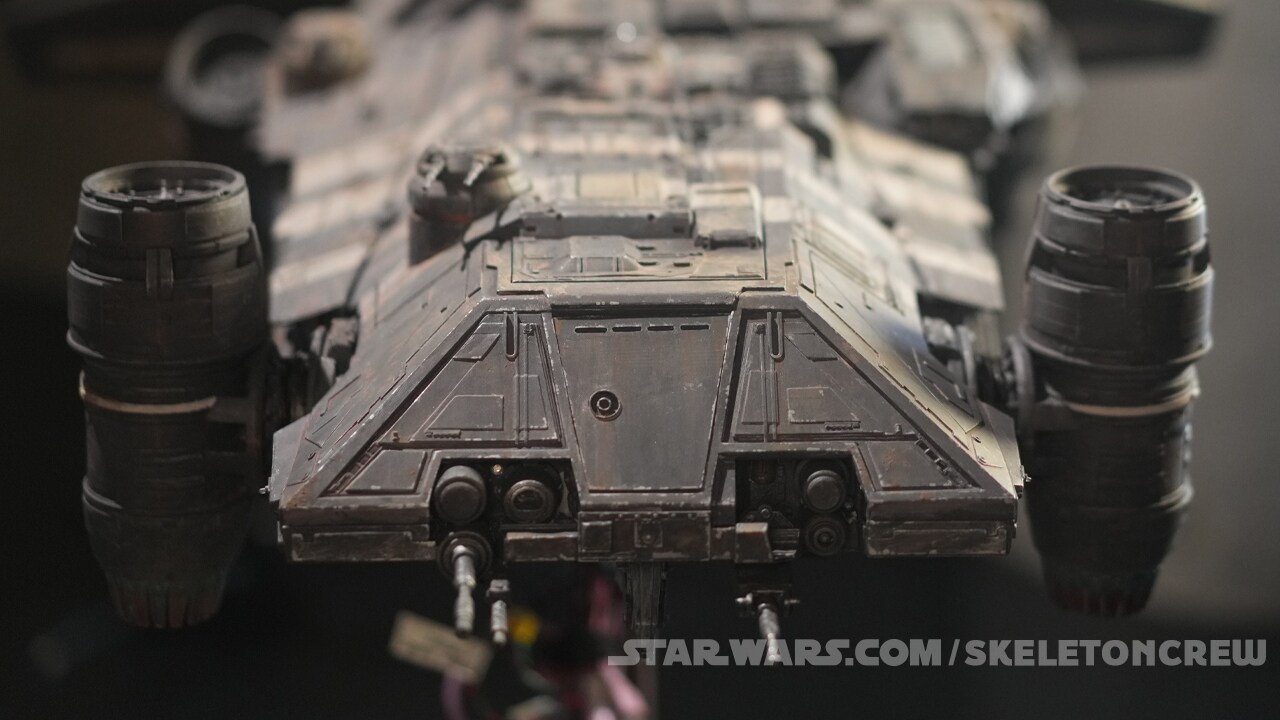
In addition to a beautiful sculpt, the model also needs internal electronics and mechanics that interface with the rest of the technological set-up. In order to make sure everything is symbiotic, Knoll and Goodson work with Dan Patrascu, a machinist and fellow model maker. “Dan built the chassis and everything that's inside of it, and mounted the motors,” says Goodson. “We generally refer to ourselves as ‘Three Garage Productions’ because all three of us are working in our garages to do this stuff.”
After that garage work is done, the miniature sets the visual bar for its digital counterpart. “When we first started shooting the Cinder miniature, we had already built a CG model of the ship,” remembers Knoll. “But, once we had photographed the model, we went and retooled the digital version to match it more exactly, because the model’s paint job is just too gorgeous. It truly elevates all work.”
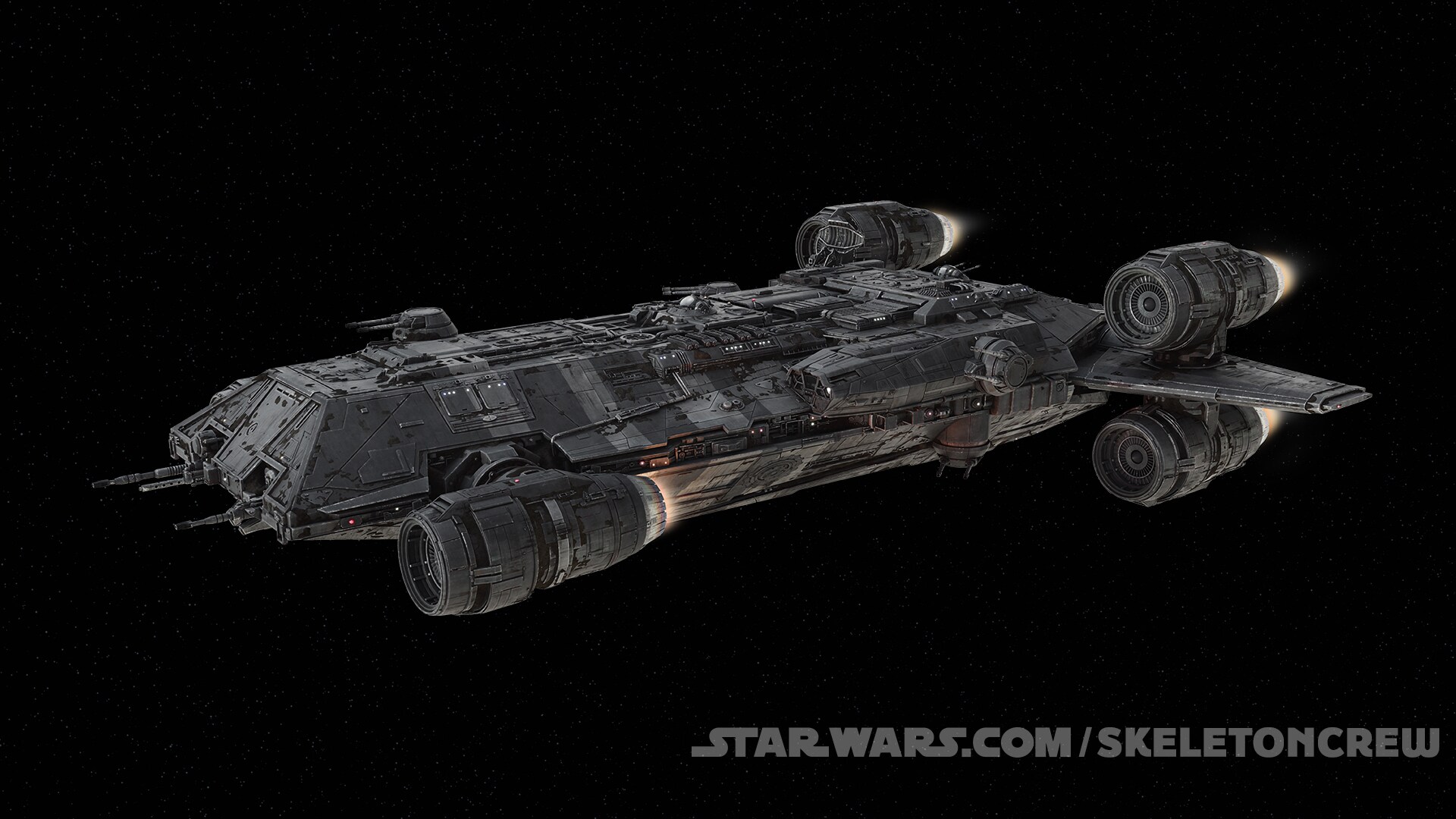
Then it’s time to hit the record button. The motion control camera, a technique near-perfected by the original Star Wars and its Dykstraflex technology, is the other piece of the puzzle. “It can be more expensive than equivalent computer graphics,” notes Knoll. “So the way to make it affordable is just to do it as a guerilla operation working out of our garages. I donated a bunch of evenings to build up this hardware, which is pretty cost effective if you build it yourself with bits and pieces from online stores.”
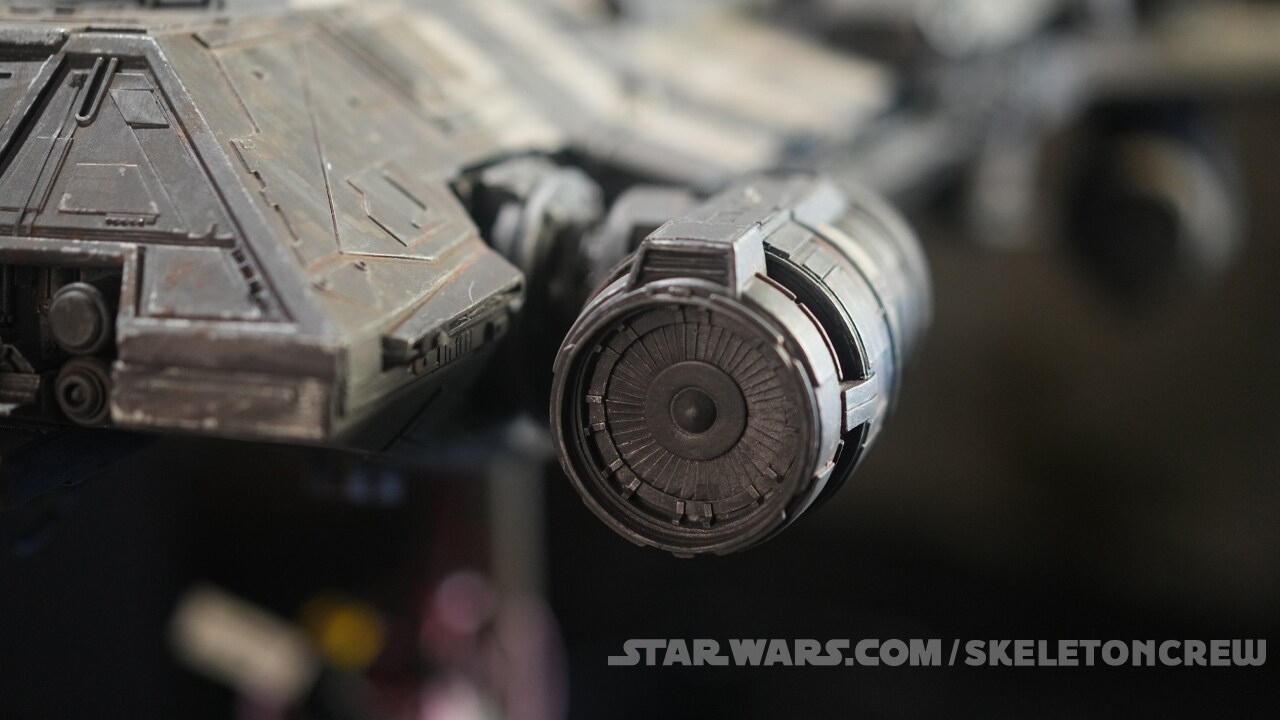
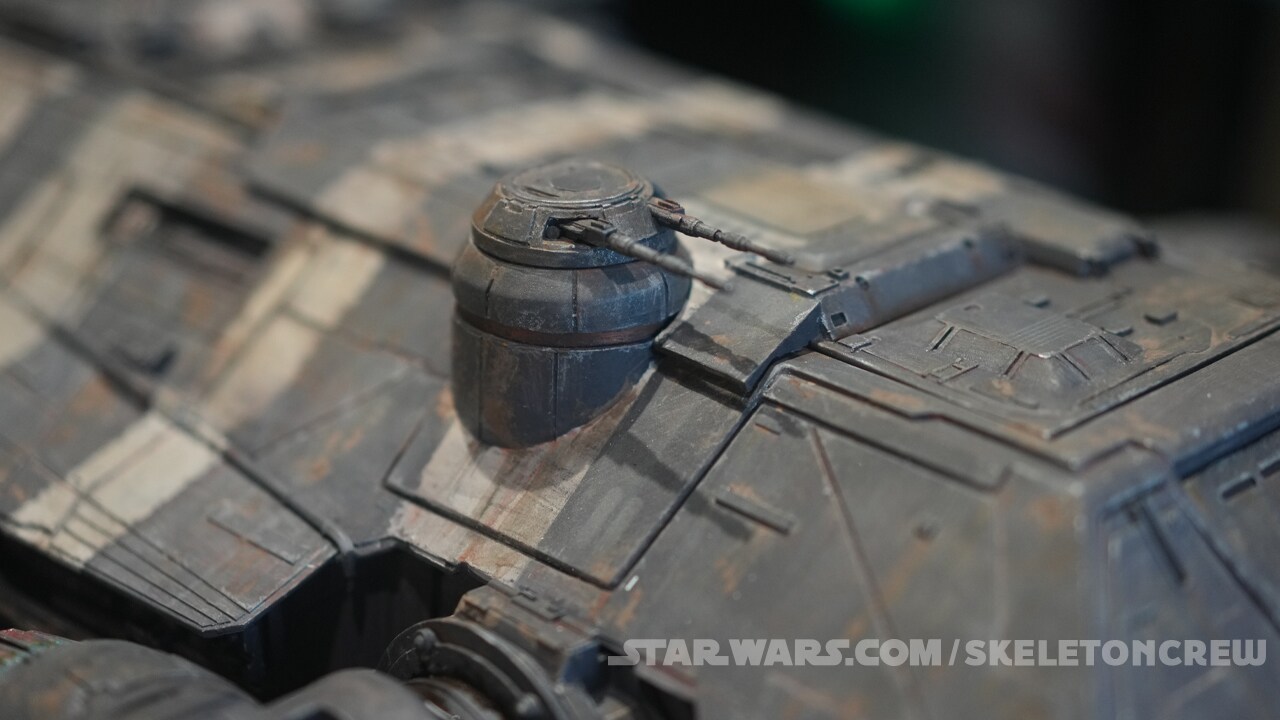
“I don’t think you understand how much [Knoll] enjoys building these,” Goodson adds. “I get texts at like eleven o'clock at night saying, ‘Look at this! It's a new type of LED readout!’ He gets such a huge thrill out of putting it together, and it’s the real human part of it all.”
“I also didn't want to lose this technology to time,” says Knoll. “I'm not going to be around forever, and I want there to be some continuity of knowledge. Lindsay Oikawa operated the motion control system for us on this shoot, and I think she's learned enough that she could do a shoot on her own.” The legend continues.
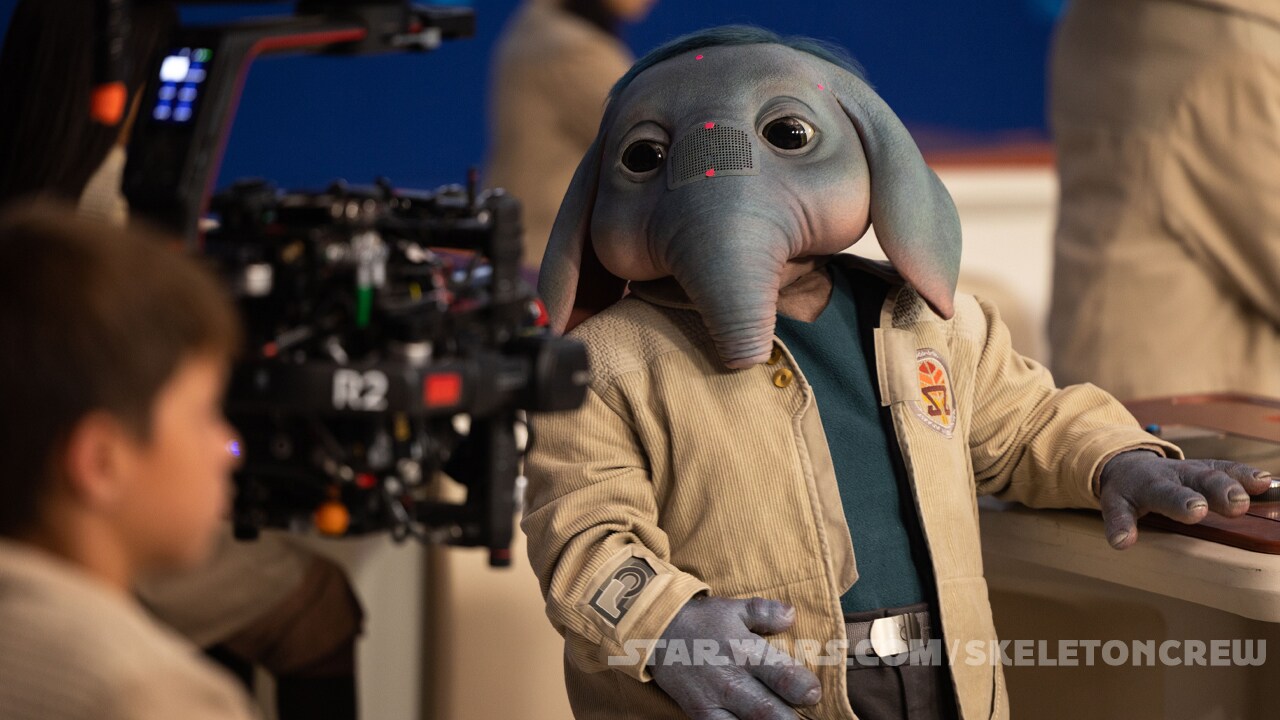
New Friends, Old School
As the visual effects supervisor, Knoll also worked closely with Legacy Effects to bring the animatronic and puppet characters to the screen. Early on “there was talk about Neel being computer-generated throughout the entirety of the show,” Knoll recalls. “They were worried about having a…multi-hour prosthetic application. I was worried because Neel was on every other page of every script. He would be the most expensive part of the entire show!” As a compromise, Knoll suggested they build an animatronic head that could appear in wide shots and be replaced in post-production.
With that mandate, Legacy Effects built a mask-like head that could be shot right away. “And, as Legacy always does, they really over delivered,” says Knoll. “They made this beautiful head that had all these degrees of freedom in it and was capable of a very good performance. I think, in the end, probably 60% of the shots of Neel are just the animatronic head with minimal cleanup.”
By embracing the puppet aesthetic, the team worked to then digitally elevate the performance where it was needed emotionally. “There are moments where Neel is an important, empathetic character, when you really need to see worry in his eyes, and there were times when we really needed to take that to the next level” in post-production, says Knoll.
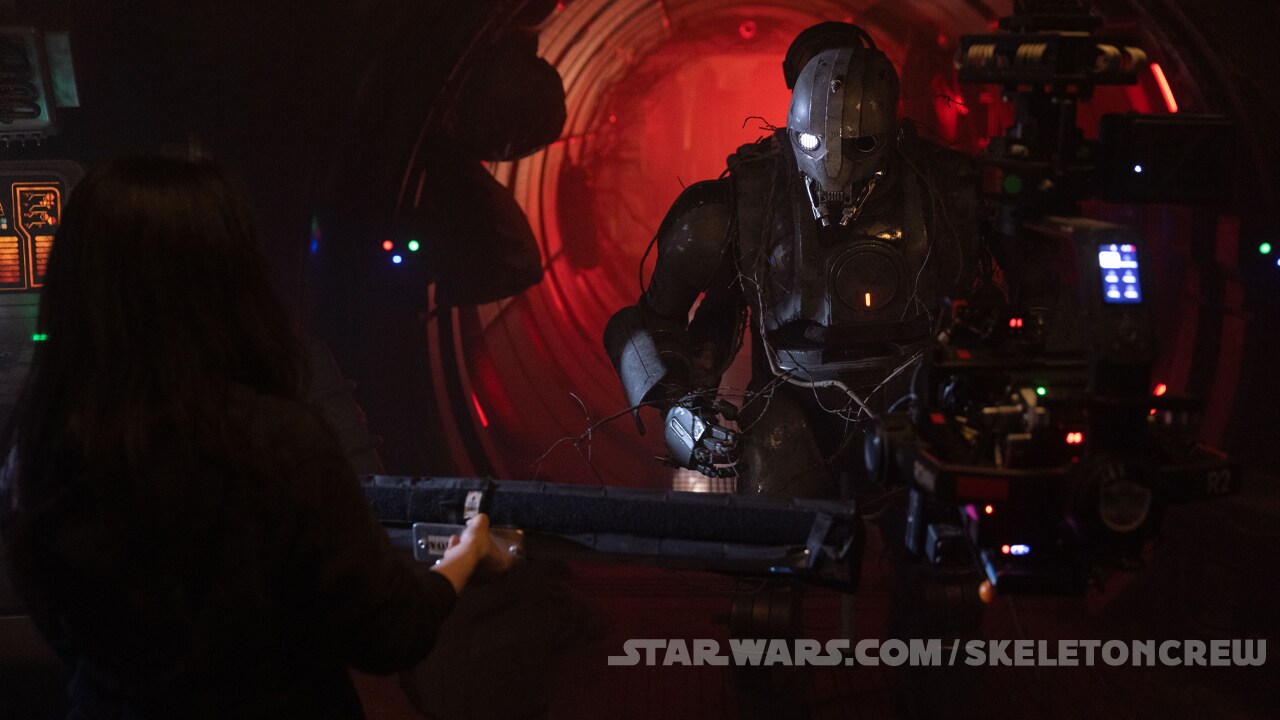
In the case of the droid SM-33, the team pursued a similar combination, creating the Star Wars version of a traditional Bunraku-style puppet — a technique that involves a performer with a puppet attached to their body, — with some elements including facial expressions and head movements manipulated through an off-camera radio control. “We figured that would get us 60-70% of what we needed out of SM-33, while the full body shots, walking, or anything athletic, is mostly CG,” says Knoll.
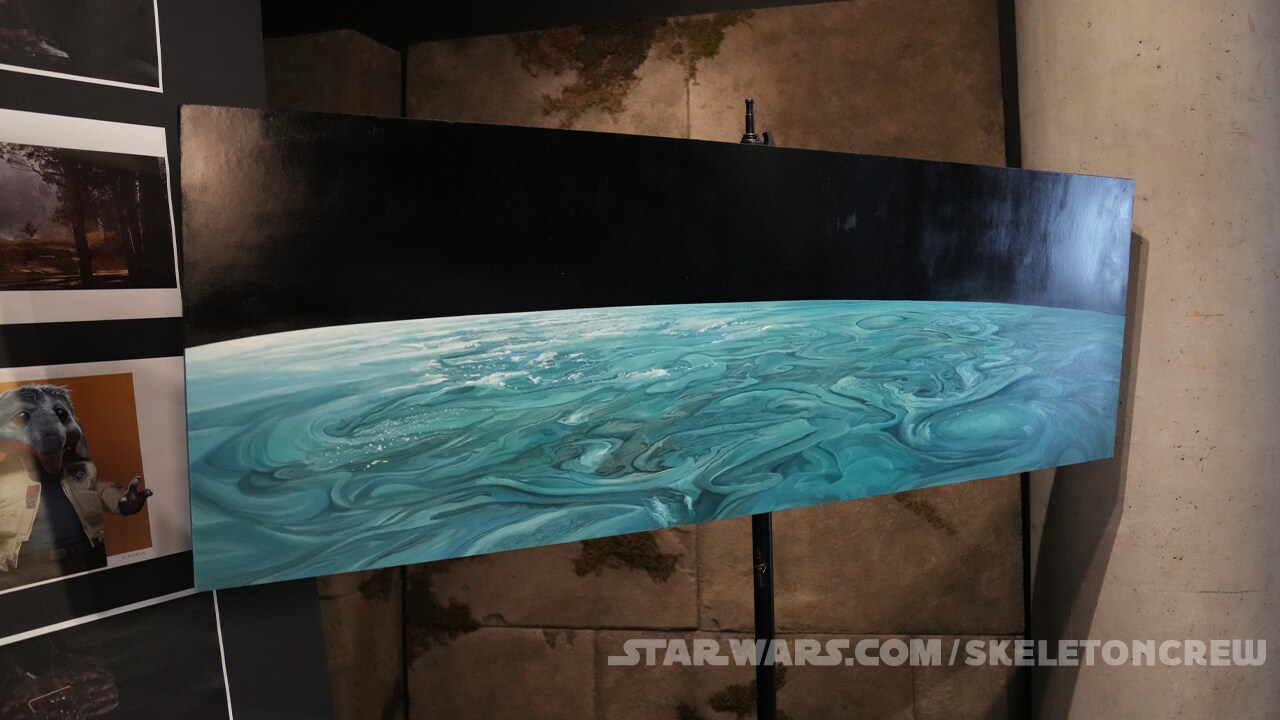

Matte World
Perhaps one of the biggest nods to the ILM legacy and old-school filmmaking is a physical matte painting. As Knoll recounts, “With only about two months left to go, I got an email from director Jon Watts that said, ‘Well, we've done puppets, prosthetics, animatronics, stop motion, and a miniature. Boy, the one thing we haven't done is a matte painting! Is there any way we could still fit something like that into the show?’”
Luckily, Knoll still knew a number of matte painters from the earlier days of ILM, and ultimately Caroleen “Jett” Green, who was an ILM matte painter for such films as Indiana Jones and the Temple of Doom and Star Trek III: The Search for Spock, answered the call, to create the image of the Barrier of At Attin on Masonite, a specialized type of wood. “I think she was amused by the idea,” recalls Knoll. “And it ended up being extraordinarily beautiful. She did an amazing job…I'm especially pleased with how the shots that incorporate both the miniature and the matte painting turned out. I think they're just gorgeous.”
It is this merging of the old and the new, the celebration of what came before while innovating new techniques, that makes Skeleton Crew feel familiar and boundary-pushing all at the same time.
All episodes of Star Wars: Skeleton Crew are now streaming, only on Disney+.





